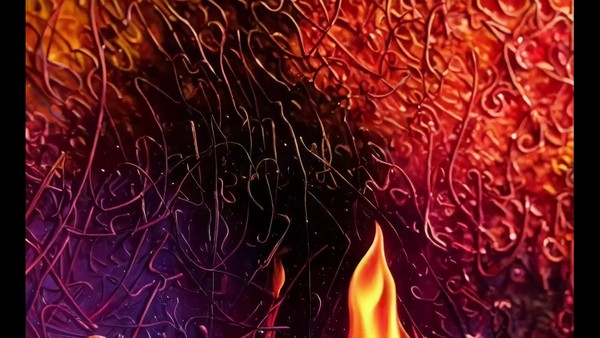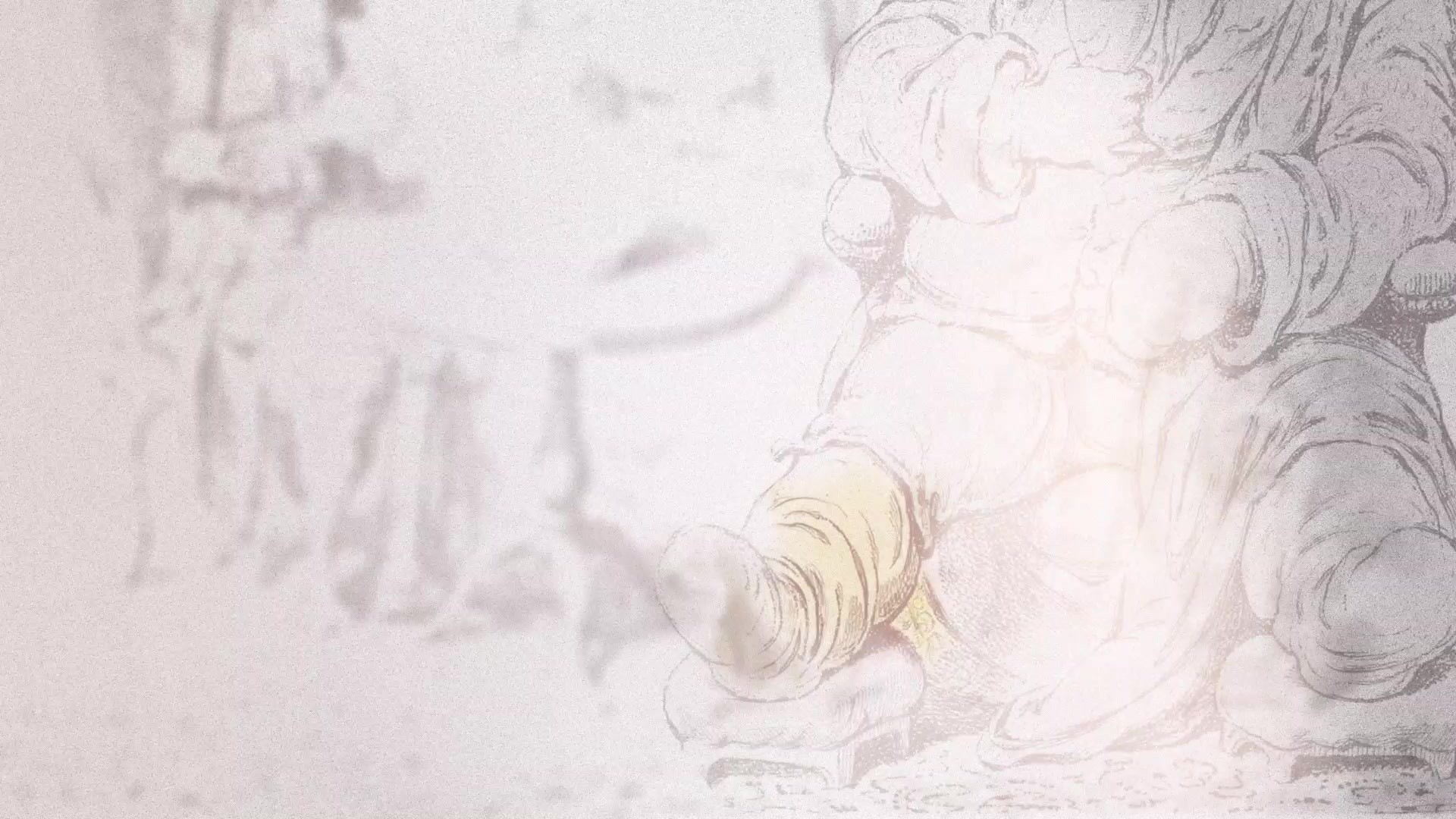Cannes Lions
Eyedar
AREA 23, AN IPG HEALTH NETWORK COMPANY, New York / HORIZON THERAPEUTICS / 2023
Awards:

Overview
Entries
Credits
OVERVIEW
Background
Horizon is a healthcare company that manufactures multiple treatments for diseases, including 2 that can cause blindness. But their commitment to their patients extends beyond treatments to prevent vision loss and includes sponsoring and supporting accessibility solutions for anyone who is blind or visually impaired.
Echolocation is a powerful visualization tool for the blind. It’s a form of sensory substitution using clicking sounds that bounce off surfaces to map one’s surroundings. Inspired by the life-changing power of echolocation and determined to change the fact that only 1% of the blind can echolocate, we created Eyedar.
In 2020 when LiDAR, a 3D scanning technology, became standard hardware feature of iPhones, the potential to make echolocation-like skills accessible became a reality. Combining this technology with the fundamentals of echolocation, we set out to bring this life-changing skill to the world.
Idea
Eyedar is the first app that teaches the blind to visualize their world with sound. It was inspired by echolocation—a form of sensory substitution via which the blind use the sense of hearing to visualize their surroundings.
Eyedar digitizes the principles of echolocation, making it an accessible and learnable skill. By leveraging the newly available LiDAR 3D technology in iPhones, Eyedar maps a user’s environment and translates it into 3D audio data, allowing the blind to visualize their surroundings. Changes in pitch, volume, and spatial sound convey information on the size, shape, distance, and direction of objects.
Eyedar provides sequential training, beginning with basic sound and obstacle recognition and progressively challenges users to visualize more complex soundscapes and navigate with greater confidence. Over time, the process is designed to become second nature and to allow users to build a clearer picture of the world around them.
Strategy
Echolocation is a powerful tool the blind can use to visualize their surroundings. By making clicking sounds that bounce off surfaces and return to the ear, they can “see” the world around them. However, only 1% of the blind can echolocate.
We wanted to make visualizing more accessible. With LiDAR as a standard feature on most iPhones, now we can.
Eyedar uses the phone’s LiDAR scanner to collect data and create a map of a user’s environment, then translates this data into a 3D soundscape. Changes in pitch, volume, and spatial sound convey information on the size, shape, distance, and direction of objects.
Eyedar provides sequential training, beginning with basic sound and obstacle recognition and progressively challenging users to visualize more complex soundscapes and navigate with greater confidence. Over time, the process is designed to become second nature, allowing users to build a clearer picture of the world around them.
Execution
Eyedar emits a LiDAR signal from a user’s iPhone, creating a 3D map of their surroundings. A 100-point vertical line array sweeps from left to right across the LiDAR field, and each point is assigned a pitch tone from low to high, bottom to top. As the line sweeps the field, each point emits its assigned tone, with higher (close) or lower (distant) volume depending on proximity to the user. The result is, to the untrained ear, a lot of noise. But with practice and training, the mind becomes accustomed to the noise, patterns begin to emerge, and a clearer mental picture of the world is achievable.
Several fMRI studies have shown that with visual-audio sensory substitution, and with echolocation specifically, the brain’s visual cortex processes the information, leading to a “vision-like experience” in practitioners of echolocation.
Outcome
Eyedar has the potential to redefine what it means to be blind. Echolocation has already shown how it can positively impact the lives of those who use it, and the only impediment to widespread adoption is the accessibility to learning the skill. Eyedar removes that barrier.
Eyedar is available for free in the app store and its open-sourced design allows for continued innovation and customization to best benefit the blind community. The app works with LiDAR-compatible phones, including the iPhone 12 and 13 (Pro and Max Pro). As LiDAR and other vision technology become standard on phones, Eyedar will become even more accessible. With about 50 million blind people in the world, Eyedar can reach an unprecedented proportion to make echolocation a learnable and accessible skill.
Similar Campaigns
6 items


